This year on September 25th a full size statue to honour Aboriginals of WW1 will be unveiled at Semakh, Israel. This exciting event is mainly a result of Christians for Israel’s generous offer of meeting dollar for dollar donations given for the memorial. Of particular interest the artist, Jennifer Marshall from Warwick has used as the model for the statue John Pollard the grandson of Jack Pollard who fought at Semakh.
Jack was a member of the 20th reinforcements for the 11th Light Horse Regiment. The 20th reinforcement contingent was unique in that all but three of them were Aboriginal. They were mainly from Queensland and most from either remote outback stations or missions such as Yarrabah and Barambah. Many including Jack, gave their next of kin as “c/o Protector of Aborigines,” much of which could be said about this organisation, but that it is outside the scope of this article.
The prevailing wisdom by army authorities at the time was that Aboriginals would not cope with the discipline of army life and would not make good soldiers. How wrong, how very wrong they proved to be. That statement was doubtless coloured by the systemic racism that existed at the time. However, many of the more insightful recruiting officers who would have been aware of their legendary prowess as stockmen realised the value of these men. No doubt the desperate need for men to replace the huge casualties that were mounting, also caused some to turn a blind eye.
They were great soldiers.
Major Munro of the 11th Regiment gave this account of the Aboriginal Troopers in an article for the RSL Reveille magazine;
“when the mounted troops, Australians and New Zealanders charged through the Turkish lines in the Jordan Valley …. I remember seeing some of the Aborigines well in the frontline of the advance.”
On September 7th, 1918 the Regiment was issued with swords in case another charge was required as swords were more effective than the bayonets they had used in the charge on Beersheba.
Not long after midnight on the 25th of September Jack rode silently and apprehensively with “A” squadron towards the important but heavily fortified railway station at Semakh.
E.W. Hammond the official historian for the 11 LHR wrote;
“We had scarcely settled into the saddle when the stillness of the night was shattered by a terrific burst of machine gun and rifle fire. Fortunately, the gunners mistook the range and the bullets flew low over our heads like the rustle of an immense flight of swallows. In the distance we saw tiny pin-points of light dancing along the muzzles of the guns like the flicker of lightning.”
The order was given to form a Troop Line and charge, and into that cauldron of fire thundered 200 horseman, their drawn swords glinting menacingly in the lurid moonlight. Horse after horse went down in that frantic gallop, many due to many pitfalls in the inhospitable landscape, many to bullets as the enemy adjusted their sights. One hundred and fifty yards from the station Trooper Jack Pollard dismounted and fixing his bayonet to his rifle attacked the station. Against overwhelming odds the battle ebbed and flowed in a most ferocious manner for nearly two hours before the ANZACS prevailed. Nineteen troopers paid the supreme sacrifice over 60 were wounded and over 70 horses lost.
A few weeks later the war would be over but not for Jack, he contracted the worst form of malaria, malignant malaria. He was repatriated to hospital for treatment before recovering enough to rejoin his Regiment dealing with a policing action in Egypt. The 11 LHR much to their disgust at having to put down a riot instead of returning home, nevertheless carried out their distasteful task with success. One year later on September 22, 1919 almost a year after the epic battle at Semakh, Jack finally returned home. Jack participated often in the ANZAC day marches where he always spoke up for all soldiers marching side by side and uniting as one people of Australia.

His grandson, a proud member of the 11th Light Horse Memorial Troop, will be riding with three other Indigenous descendants, Ray Minniecon and Eujene Ghee, grandsons of Trooper James Lingwoodock, and Elsie Amamoo great granddaughter of Trooper Frank Fisher in this years ANZAC parade.
Jennifer Marshal has been working steadily on the project, see below for progress of the model so far. Saddle, reins and gravesite mound yet to be added.
If you would like to make a donation towards this project, use the form on the back page or you can give securely online at www.c4israel.com.au/semakh-statue
NOTE: C4I will match every donation received up to a maximum of $15,000.

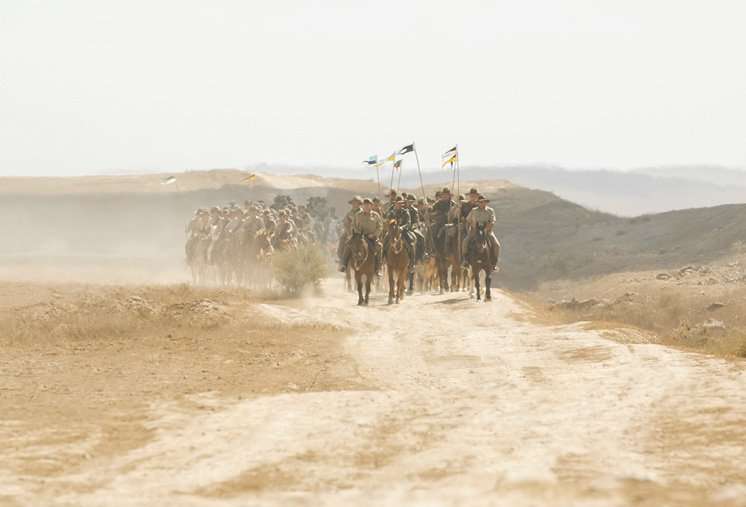
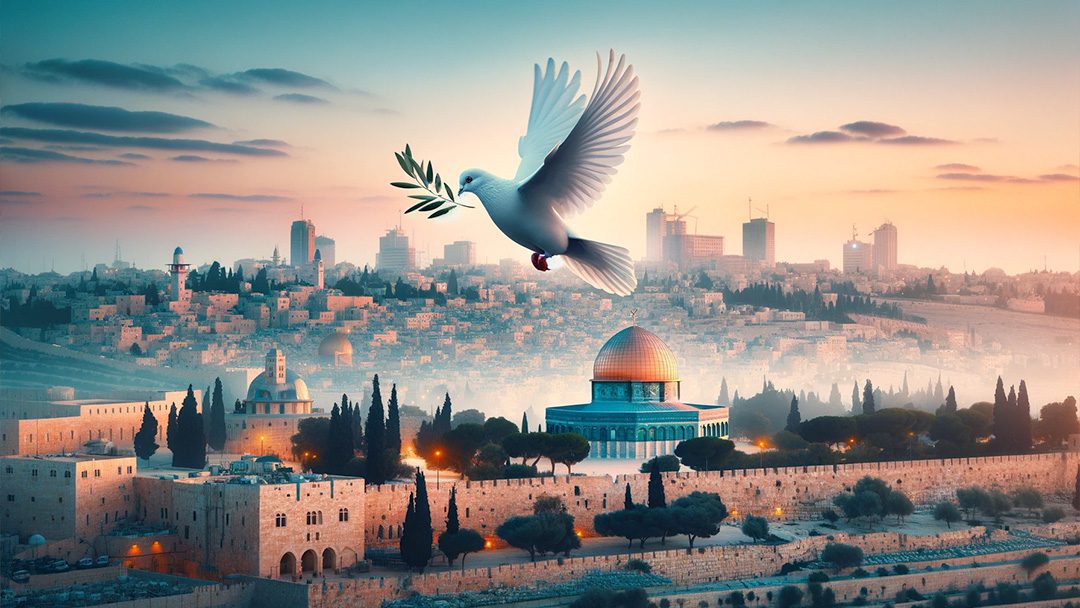
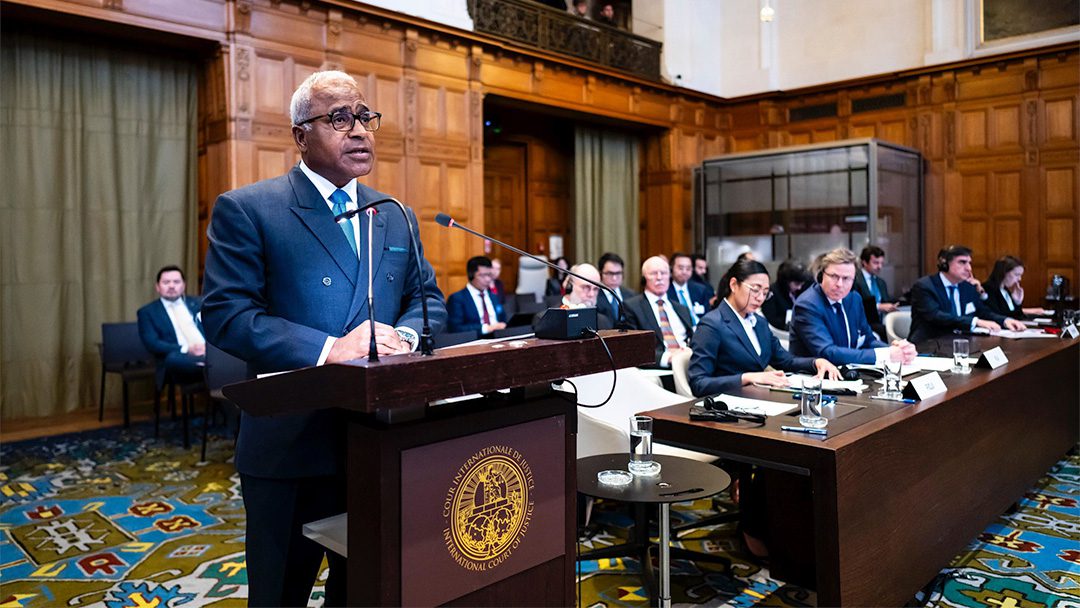

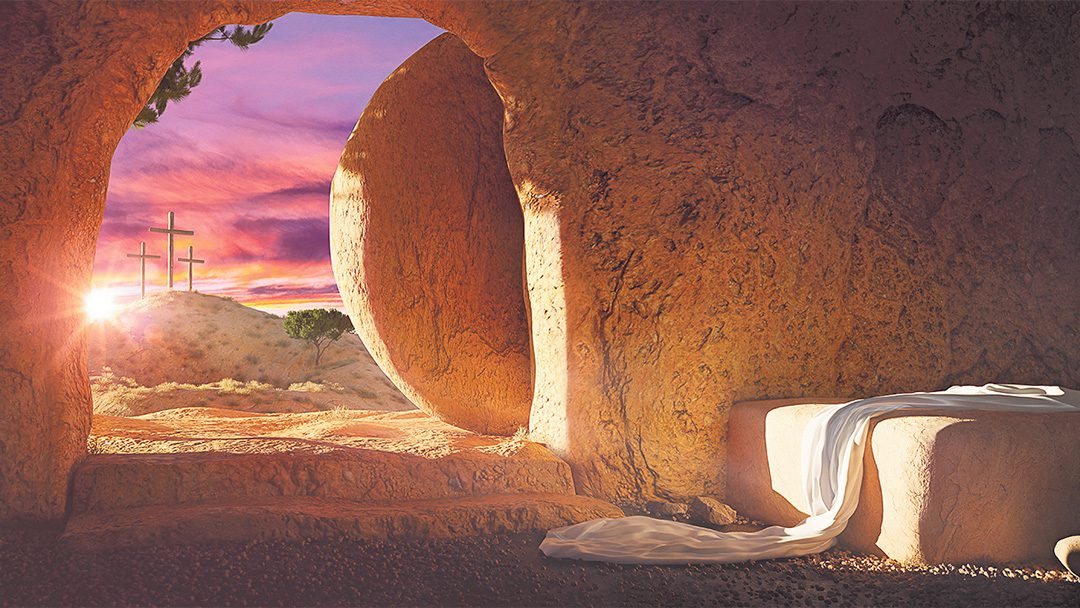
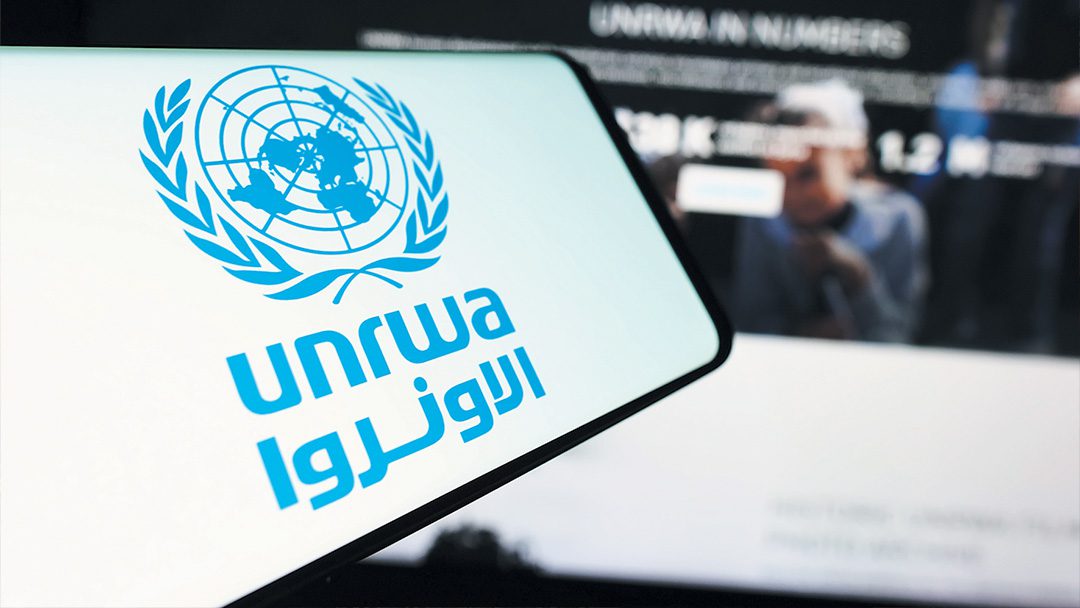

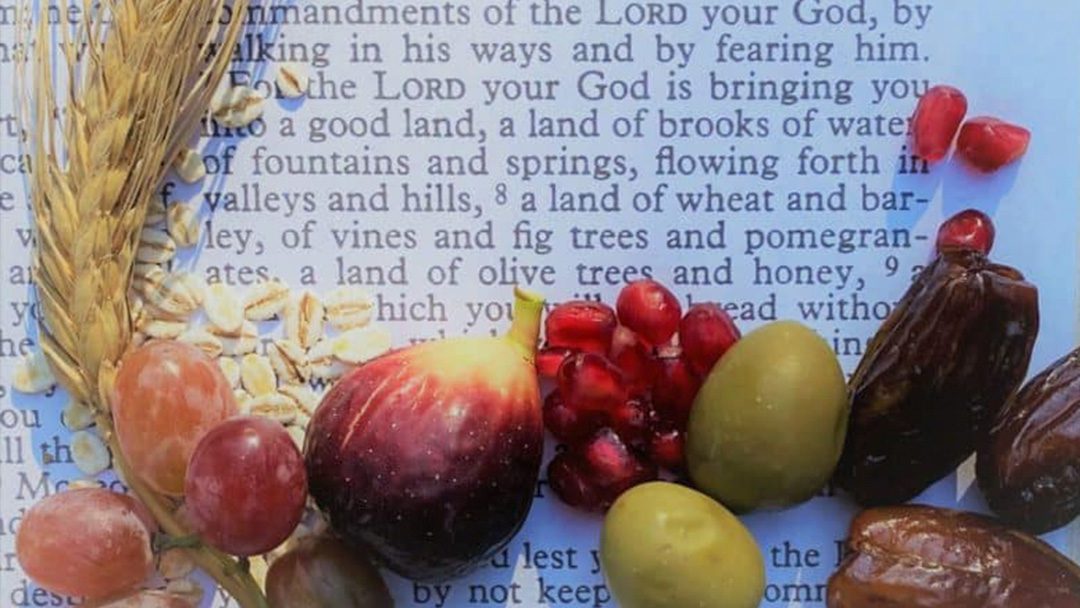

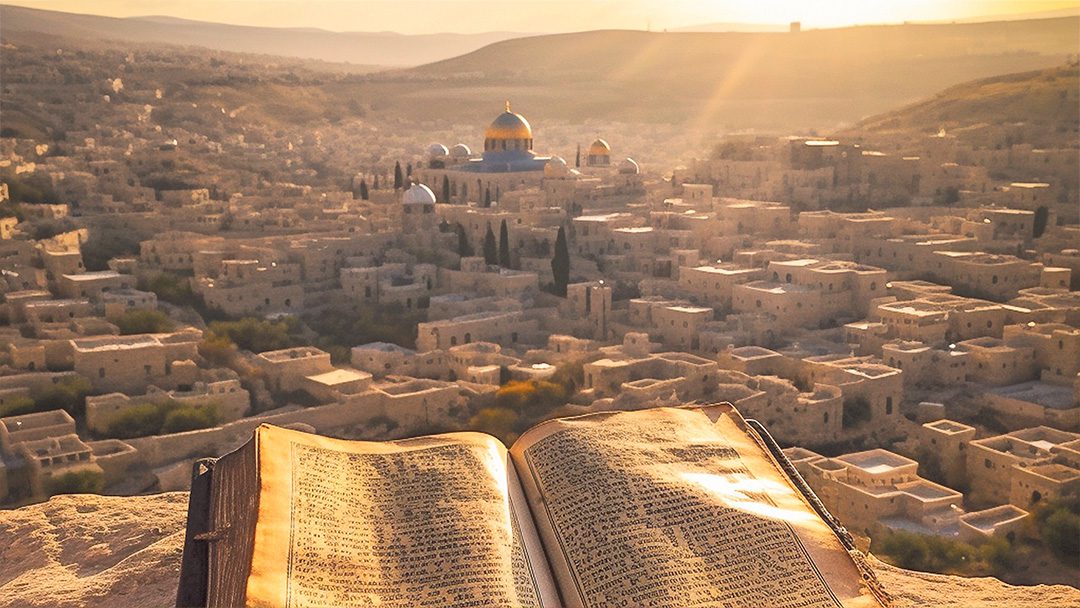

0 Comments